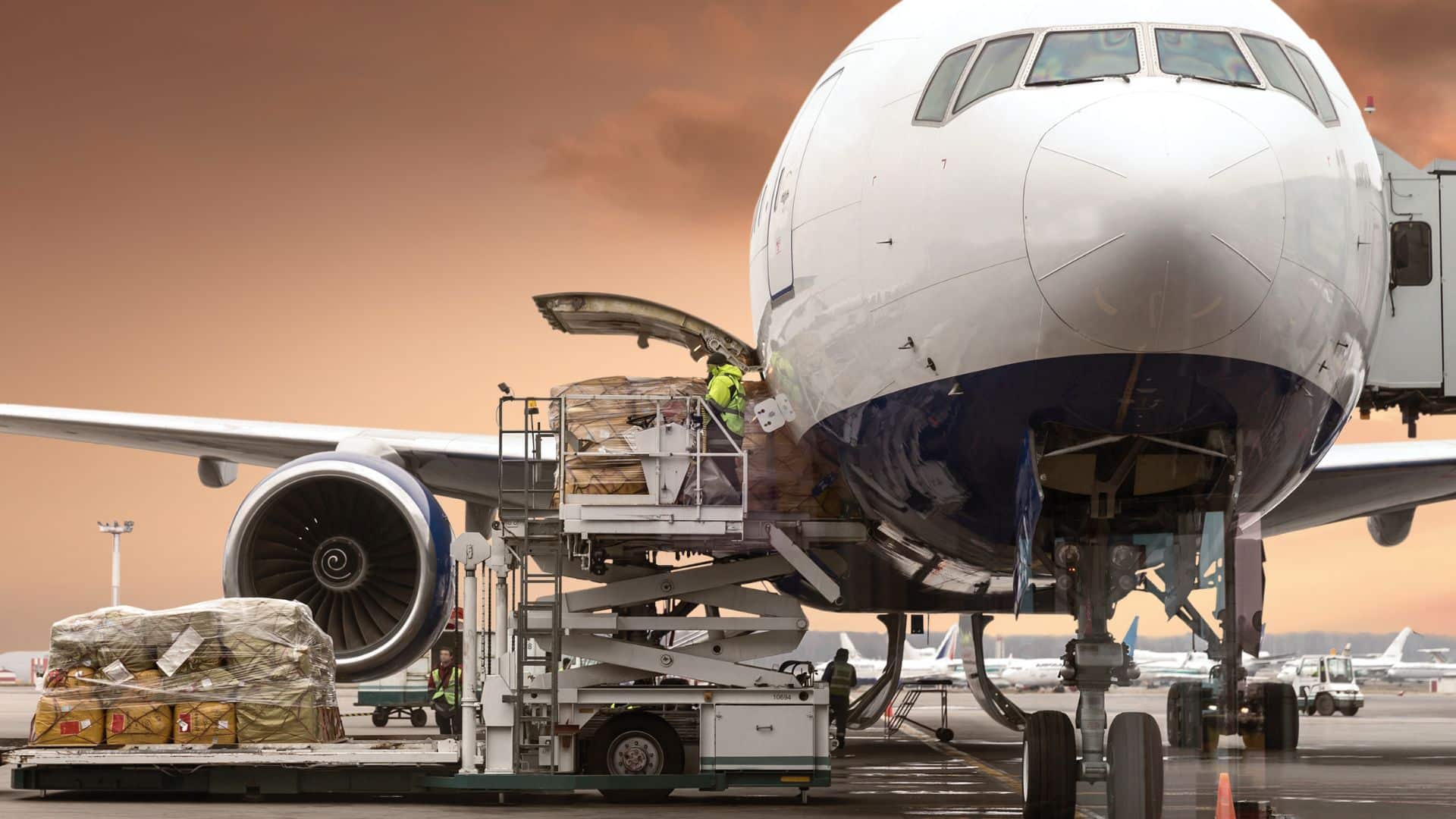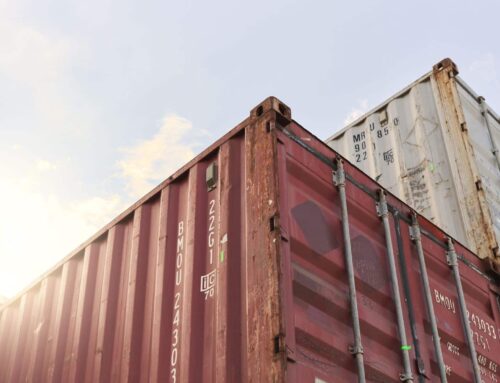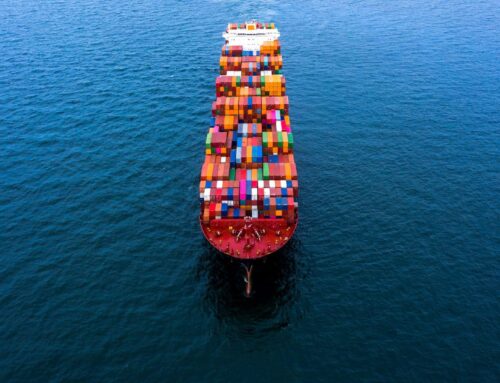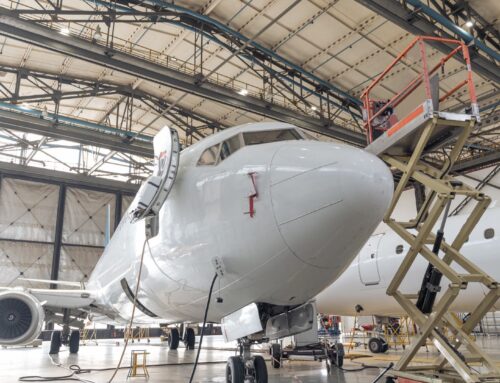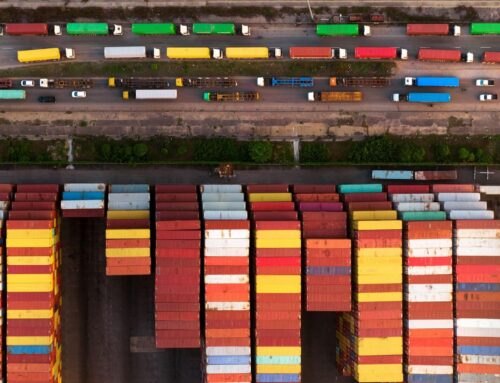Introduction
Talk to anyone in air freight and you’ll hear the same pain points: too many systems, too many handoffs, and zero visibility when something goes wrong. That’s why the industry’s betting big on ONE Record — IATA’s plan to roll out a unified, API-based shipment record by 2026. The goal? One record, one truth, for every move your cargo makes.
As of January 1, 2026, IATA’s ONE Record standard becomes the preferred (and de facto industry) method for exchanging air-cargo data across stakeholders. With that shift comes the opportunity to tie condition data (e.g. shock, tilt, temperature) and location/event data directly to the shipment’s digital record — radically improving root-cause analysis of damage, faster claims, and better accountability.
This article walks through what ONE Record is, why it matters for damage monitoring, the adoption challenges, and a roadmap for early movers.
What is ONE Record?
At its core, ONE Record is a digital, API-based standard for data sharing in the air cargo supply chain. It replaces or complements legacy EDI, Cargo-IMP, Cargo XML, and messaging frameworks by offering:
-
A common data model for shipment records, built in JSON-LD/linked data style.
-
A set of APIs / web services for reading, writing, updating, and querying that shipment record securely among stakeholders.
-
Security and trust framework, with federated identity, access control, versioning, and provenance baked in.
-
A shift in mindset: the shipment is treated as a living data asset, rather than a bundle of discrete documents.
In today’s model, each stakeholder (forwarder, handler, airline, customs, consignee) often keeps their own “view” of a shipment; with ONE Record, they share a canonical reference, with governed data exchange and real-time synchronization.
IATA has published public specifications, a playbook, and a migration path for the industry.
Why ONE Record Matters for Damage & Condition Monitoring
Transforming how we exchange data is one thing; tying in condition and damage monitoring is another — but the combination is powerful. Here’s where the benefits lie:
-
Single Source of Truth for Condition Histories
Instead of condition sensor logs (e.g. from shock/tilt/temperature loggers) living in isolated platforms, they can be ingested into the ONE Record data model as time-stamped events. That means all parties (airline, forwarder, handler, shipper) see the same condition timeline tied to shipment events. -
Faster Damage Root-Cause Identification
When damage is detected, you can overlay condition data with handling events (e.g. loading, transfer, customs handling) to pinpoint which leg or handler likely caused the issue. Accountability becomes clearer. -
Streamlined Claims & Liability Assignment
With a unified record, claims processors or insurers can verify “when did shock exceed X g?” directly in the shared record. This shortens dispute windows, reduces back-and-forth, and accelerates payouts. -
Real-Time Alerts & Proactive Mitigation
Because APIs can push or pull data, system alerts can be triggered if, say, temperature deviates too much, or excessive vibration is detected. Stakeholders can intervene mid-route (reroute, repack, add cushioning) rather than waiting until damage is discovered afterward. -
Enablement of Advanced Services
Data becomes fuel for analytics, machine learning, predictive risk scoring, parametric insurance, and dynamic route optimization — all built atop the ONE Record foundation. -
Better Collaboration & Transparency
Shared access (with proper permissions) fosters trust and smoother remarking/intervention across parties, eliminating “he says / she says” gaps across custody transfers.
In short: ONE Record doesn’t just modernize messaging — it opens the door for condition-aware logistics to become standard in air cargo.
Where Adoption Stands Today
The journey is already underway. Some of the progress and early signals:
-
Cathay Cargo and other carriers are rolling out production ONE Record connectivity, enabling stakeholders to extract richer data across the shipment lifecycle.
-
WFS + CHAMP + Cathay have launched a use case replacing the traditional Flight Booking List in favor of real-time booking data via ONE Record between Paris ↔ Hong Kong.
-
Descartes has integrated support for ONE Record in its Air Messaging solution, providing a bridge between legacy and new systems.
-
Pilots & testbeds are in motion: hundreds of companies are involved in pilot programs across airlines, forwarders, and handling agents.
-
The Digital Testbed Air Cargo led by Fraunhofer IML is developing NE:ONE server software, open source, to support data exchange and interoperability.
However, adoption is uneven:
-
Many freight forwarders lag behind due to legacy systems, outsourcing, complexity, and internal resistance.
-
Legacy Cargo Community Systems (CCS) and existing messaging networks may need to reposition their business models in a world where message relays lose value.
-
Some in the cargo ecosystem view ONE Record not just as a technology shift, but a cultural shift from document-centric to data-centric operations — which demands change management.
-
Inter-organizational governance, trust frameworks, identity management, and performance (scaling APIs globally) still require ironing out in real scenarios.
Still, the industry broadly views January 1, 2026 as a significant deadline. Many stakeholders are treating it as the tipping point for full migration.
Challenges & Risks to Navigate
Transitioning to ONE Record — especially with condition data integration — is not trivial. Some key challenges:
-
Legacy system compatibility
Many players still rely on EDI, Cargo-IMP, or custom in-house systems. Bridging these into ONE Record without disruption is a major technical effort. -
Business model resistance / incumbency
Entities that monetize message translation, data relay, or closed ecosystems may resist the openness implied by ONE Record. -
Data governance, consent & access control
Who can see which elements of the shipment record? Permissions, data ownership, versioning, and audit trails must be robust to satisfy commercial, regulatory, and privacy requirements. -
Scalability and performance
The global scale of air cargo means the systems must handle thousands of API calls per minute, with resilience, caching, regional replication, and fallback modes. -
Change management & training
Shifting people from document workflows to data workflows requires training, cultural buy-in, and new operational protocols. -
Partial adoption / interoperability gaps
In the transition period, you might have some partners on ONE Record and others still on legacy systems. You’ll need hybrid models and translation layers for some time. -
Security, identity, and trust frameworks
Since shipment data is commercially sensitive, a strong federated identity and trust network is essential. Any breach or misuse could erode confidence.
Roadmap for Early Movers
If you want to lead rather than follow, here’s a staged approach:
| Phase | Activities | Metrics / Milestones |
|---|---|---|
| Assessment & Strategy | Map systems, data flows, partners; identify use cases (e.g. condition data) | Scope document, partner readiness, gap analysis |
| Pilot Integration | Select a trade lane or SKUs; build wrapper/adapter to map your system ↔ ONE Record; start exchanging book / status data | Pilot live, low-volume end-to-end data exchange |
| Condition Data Linking | Integrate shipment sensor data (e.g. shock, temperature) into the ONE Record payload as event streams | Condition events appear in record; test querying and overlay |
| Incremental Expansion | Gradually expand to more lanes, partners, transaction types (customs, documents, exceptions) | % of shipments under ONE Record regime, partner adoption rate |
| Operationalization & Alerts | Build alerting, dashboards, real-time intervention capabilities; embed into SOPs | Alerts triggered, mitigations executed, damage claim rates begin dropping |
| Full Cutover / Decommission Legacy | Once a critical mass of partners is on ONE Record, retire old messaging paths and fully adopt new workflows | Legacy messaging usage falls to near zero |
Important enablers:
-
Join IATA’s Multilateral Data Agreement (MDA) to interoperate across multiple parties.
-
Leverage existing pilots / testbeds / open source reference implementations (e.g. Fraunhofer’s NE:ONE) to shorten your learning curve.
-
Cultivate lead partners (forwarders, carriers) willing to co-pilot; you don’t need everyone at once.
-
Build fallback / translation logic during transition to handle non-ONE Record participants.
-
Develop governance & trust policies ahead of time so access, versioning, and audit controls are baked in, not retrofitted.
Outlook & Why It Matters
By mid-2026 and beyond, shipping players who adopt ONE Record (especially with condition data integrations) will gain:
-
Reduced claims cost through faster root-cause attribution
-
Operational agility: reroute, repack, or intervene mid-course
-
Competitive advantage: ability to offer higher trust, transparency, and premium services
-
Lower friction with partners: less reconciling, fewer disagreements
-
Infrastructure for advanced analytics, AI, parametric insurance, and more
Those who delay may find themselves in a “digital shadow” — stuck translating between old and new, struggling with inconsistent data, and being slow to respond to damage or exceptions.
In short: 2026 isn’t just a deadline — it’s a pivot point. For shippers, freight forwarders, airlines, and ground handlers, aligning now with ONE Record isn’t optional if you want to stay competitive and embed damage-aware logistics into your core.
From Sensors to Intelligence: Where Impact-O-Graph (IOG) Fits In
As air cargo shifts to a single, API-driven data backbone, Impact-O-Graph (IOG) stands out as a critical enabler. For decades, IOG devices have been the go-to for capturing real-world shipment conditions — shock, tilt, temperature — across air, ocean, and road freight.
In a ONE Record environment, those readings no longer live in separate reports. They become live event data embedded directly into the shipment’s unified digital record. A temperature spike or impact event logged by an IOG device can be automatically time-stamped, secured, and shared with every authorized stakeholder through the same interface.
The play for IOG is clear: by integrating its sensor ecosystem with ONE Record APIs and security layers, it can evolve from a hardware supplier into a real-time condition intelligence partner — giving shippers and carriers the tools to pinpoint damage, act proactively, and streamline claims with unprecedented speed and transparency.
References
-
IATA — ONE Record official program page, describing the standard, objectives, data model, API, and adoption efforts IATA
-
IATA — ONE Record fact sheet, including implementation timeline (Jan 1, 2026) and industry benefits IATA
-
IATA — ONE Record Implementation Playbook (step-by-step guidance) IATA
-
IATA / GitHub — ONE Record specification repository (data model, API, security) GitHub
-
IATA — Introduction to ONE Record standard / documentation portal iata-cargo.github.io
-
Impact-O-Graph (IOG) — company homepage, product & mission description impactograph.com
-
Impact-O-Graph — “About Us” page giving background on IOG Devices & their monitoring solutions impactograph.com
-
IOG shop / product pages — catalog including shock/tilt/temperature recorder and indicator devices IOG Products
-
DirectIndustry profile of IOG Products / Impact-O-Graph — product lines & categories DirectIndustry
-
CHAMP (via blog) — “What is ONE Record and how will it benefit the air cargo community” (context and industry commentary) champ.aero
-
Lufthansa Cargo — page on ONE Record initiative applied by a carrier lufthansa-cargo.com
